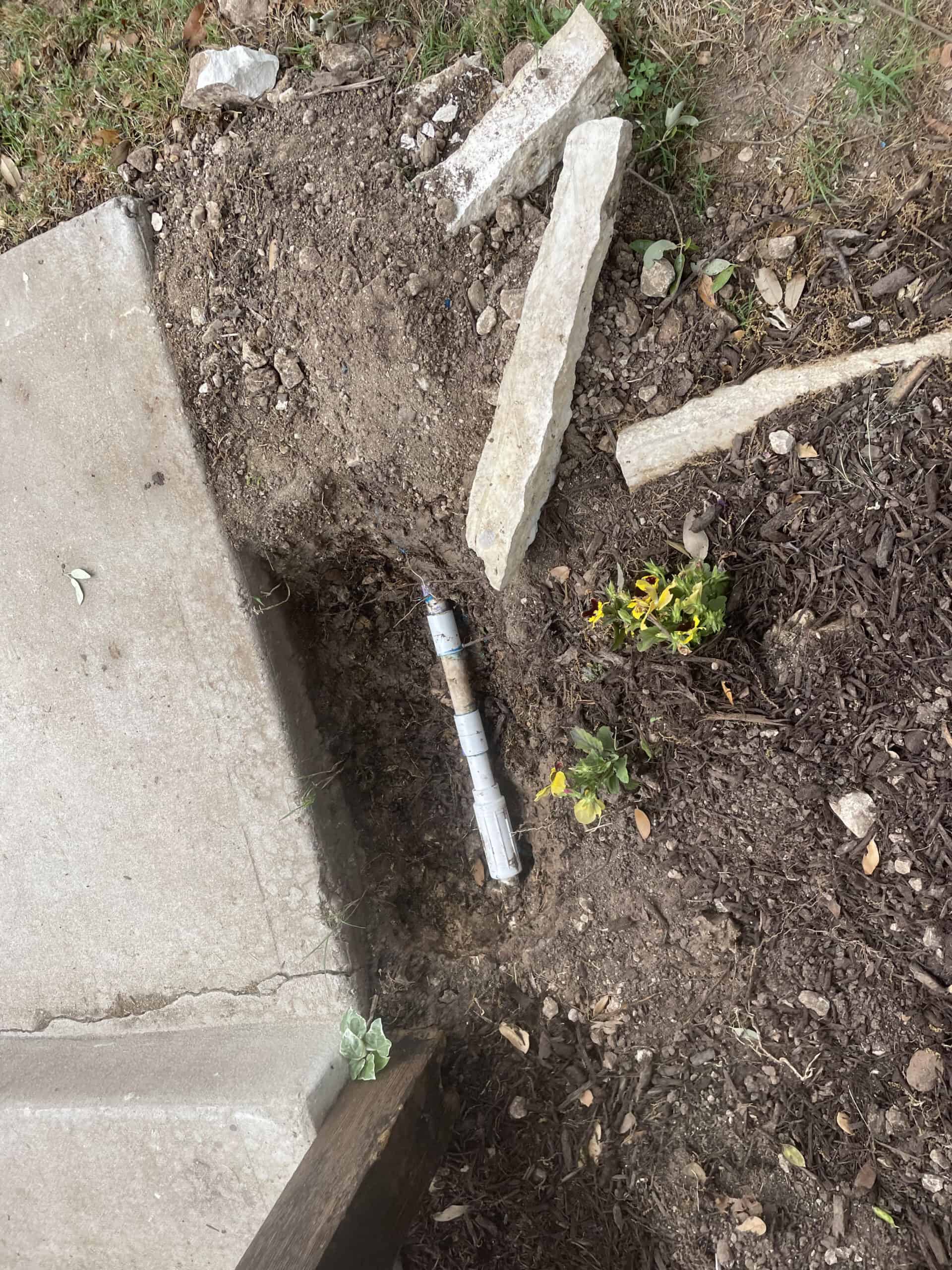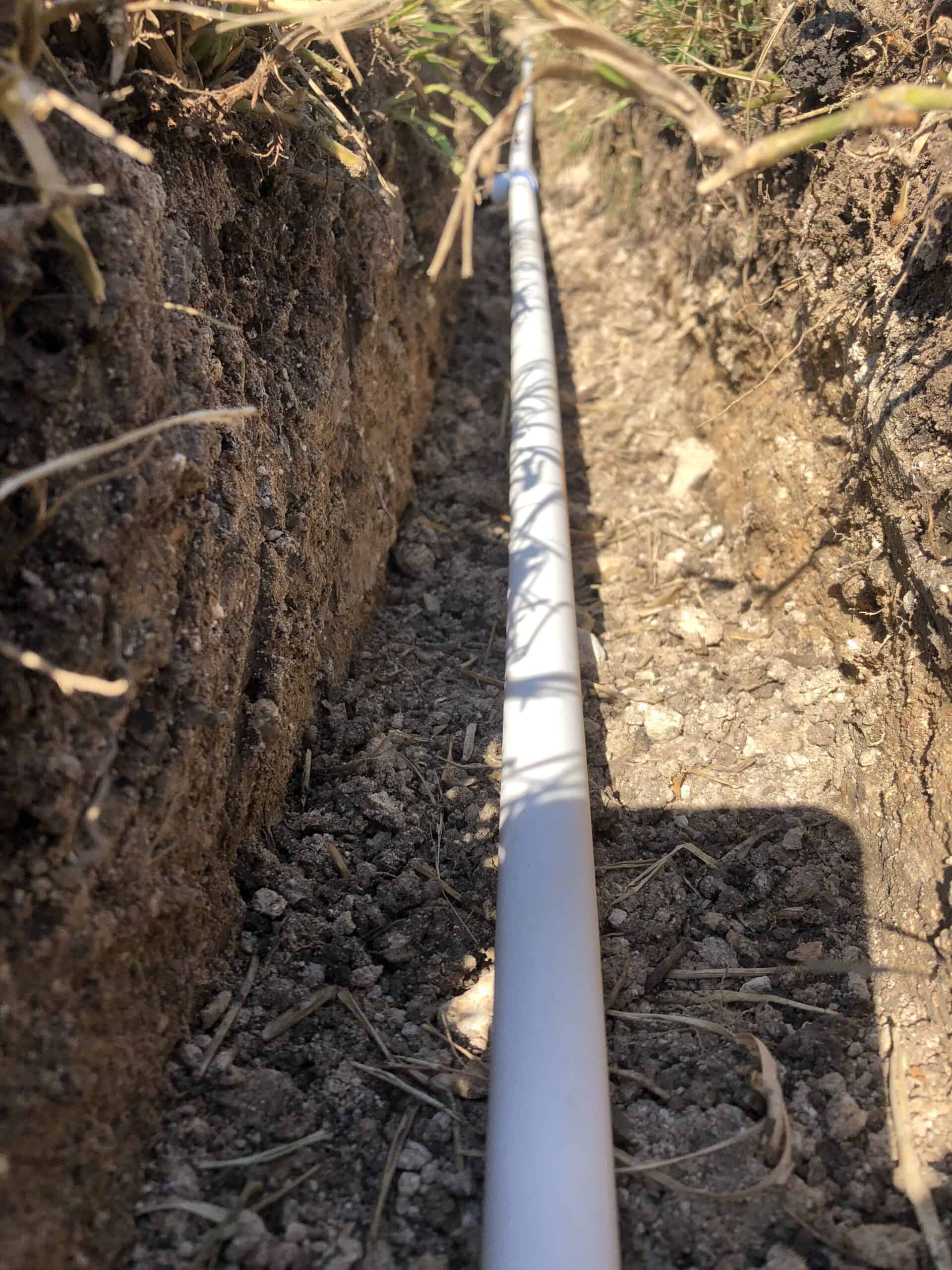Unfortunately, leak detection requires more than a trained eye and some tools from the hardware store. Texas professionals use high-tech sensors and provide comprehensive inspections to catch issues and fix them before they get out of hand. This blog will explore their primary methods and help homeowners determine which approach works best.
Why Early Leak Detection Is Non-Negotiable
Detecting leaks early is of paramount importance. Regardless of your property size, layout, or purpose, a thorough inspection of your irrigation systems, sprinklers, controllers, and valves can help save time and energy. Undiscovered leakage can have far-reaching implications on your property value and quality of life.
Catching problems early helps prevent avoidable disasters, loss of resources, and toxic exposure. Leaks in water lines can cause flooding, high utility bills, and mold or mildew growth. A broken irrigation system can also ruin your landscaping, damage hardscaped structures, and attract pests.
Reduce downtime for repairs and decrease spending on replacements with yearly inspections and routine maintenance. Minimize cleanup time and yard care costs with properly functioning components. Learn how to keep irrigation in top working order with professional services from a Texas landscaping company.

Common Irrigation Leak Detection Methods
Lower your carbon footprint and protect your property with inspections and early leak detection. Leaks can contaminate the soil, damage nearby bodies of water, and negatively impact the atmosphere. Local experts know how to test these issues and determine the source. They can also develop a comprehensive repair plan to get everything back up to snuff.
Experienced professionals help homeowners detect irrigation leaks using seven primary techniques. The one they choose will depend on multiple factors, including your landscape design, top concerns, regional weather conditions, and system design. Review the following options to make an informed decision:
#1. Visual Inspections
Visually inspecting your irrigation system might sound simple, but it can help you and the experts determine many things. This straightforward and non-invasive method involves scanning the area for signs of leakage. The experts will look for puddles, stains, discoloration, pest activity, damaged landscaping, and other anomalies. Ask questions to learn more and practice preventative maintenance.
#2. Acoustic Leak Detection
TX irrigation professionals can use acoustic sound resonance to identify leaks in pressurized systems. They use specialized equipment and distinct sound frequencies to find fluids and gases that are escaping. This method is particularly valuable for intricate pipelines, where even small leaks can generate unique acoustic signatures.
#3. Ultrasonic Leak Detection
Leak detection with ultrasonic technology helps reveal damaged piping by generating a specific noise. These frequencies are inaudible to humans and can pick up tiny issues before they become massive problems. Technicians use ultrasonic leak detection to pinpoint the location and determine an appropriate solution early.
#4. Pressure Drop Analysis
A pressure drop analysis involves monitoring pressure changes within a closed irrigation system. It helps identify potential leaks using strategically placed high-tech sensors. Technicians cannot determine the precise location of leaks but can use this technique to alert operators of issues and prompt further investigation.
#5. Tracer Gassing

Technicians can introduce tracer gases into your irrigation system and track their movement to find leaks. The gas type depends on its detectability, safety, and non-reactivity to the environment. Many professionals use hydrogen or helium and then install sensors to track the path and locate the source.
#6. Infrared Imaging
Thermography (infrared imaging) involves using thermal cameras to detect temperature changes due to leaky pipes. Leaking water can change the surrounding environment, cooling soil and creating a visible thermal signature. Ask your team how to use this non-invasive technique to identify leaks without physical contact.
NOTE: The preferred technique can depend on many things, including your timeline, budget, landscape design, and leak severity.
Conclusion
Early leak detection can save time, money, and precious resources, decreasing your monthly utility bills and protecting your property value. However, Texas homeowners must practice due diligence with preventative maintenance and routine inspections. Catching issues before they become massive mishaps is essential to the health and happiness of your household.
Learn more about each leak-detecting method to determine which approach works best. Contact local professionals to schedule an inspection and repair problems before it’s too late.

